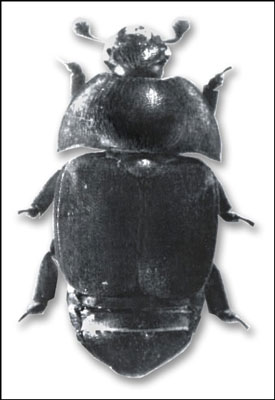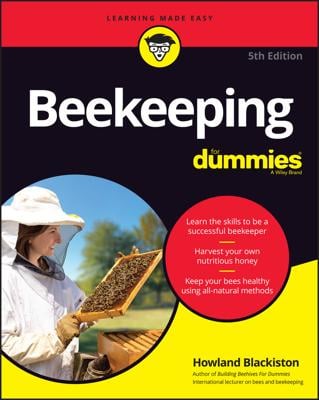Most common beetles that wander in and out of a hive are not a problem, so don’t panic if you see some. But the small hive beetle is an exception. The larvae of this beetle eat wax, pollen, honey, bee brood, and eggs. In other words, they gobble up nearly everything in sight. The beetles also defecate in the bees’ honey, causing it to ferment and ooze out of the comb. Things can get so nasty that the entire colony may pack up and leave.
Determining whether you have a small hive beetle problem
Be on the lookout for little black or dark brown beetles scurrying across combs or along the inner cover and bottom board. You may even notice the creamy larvae on the combs and bottom board.

How to control the small hive beetle
First of all, keeping your colonies strong and healthy is your best natural defense. In addition, you need to destroy any small beetles you see during routine inspections. If infestation levels appear heavy, medicating your hive may be necessary. Presently one approved treatment for the small hive beetle is coumaphos (sold under the brand name of CheckMite+).
If you suspect that you have the small hive beetle, contact your state apiary inspector. It’s important that you do your part to keep this new pest from spreading all across the country. The inspector will let you know what kinds of treatments are legal in your state. They might even help you with the treatment!

